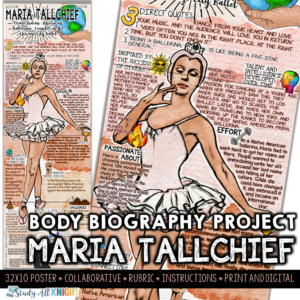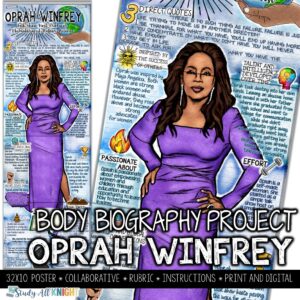Every year, I teach Romeo and Juliet the same thing happens. My students become fixated on Romeo and Rosaline in Act I. They never really move on from Romeo’s depression and yearning for her. He can’t have her. She took a vow of chastity. Everyone lectures and scolds him for falling in love with a girl he can’t have. Shakespeare never reveals why she took vow. My own life experience tells me she took a vow to become a nun. This is where my students become stuck.
They never move on until I tell them, “enough with the Rosaline references, Shakespeare uses this only to show how impulsive, fickle, inexperienced, and immature Romeo truly is. He is a dynamic character.” At this moment, I lose them. This year, I realized, “we need to focus on understand characterization.”
In comes the mini flip for characterization. I chose four main categories for developing characters:
1. Actions – What does the character do? Motivations?
2. Feelings- What are the emotions the character experiences and expresses?
3. Traits- With this one I go for the physical and the general relationships
4. Dialogue- What the character says. Better yet, what do the other characters say about him or her.
How to Assemble a Mini Flip Book





